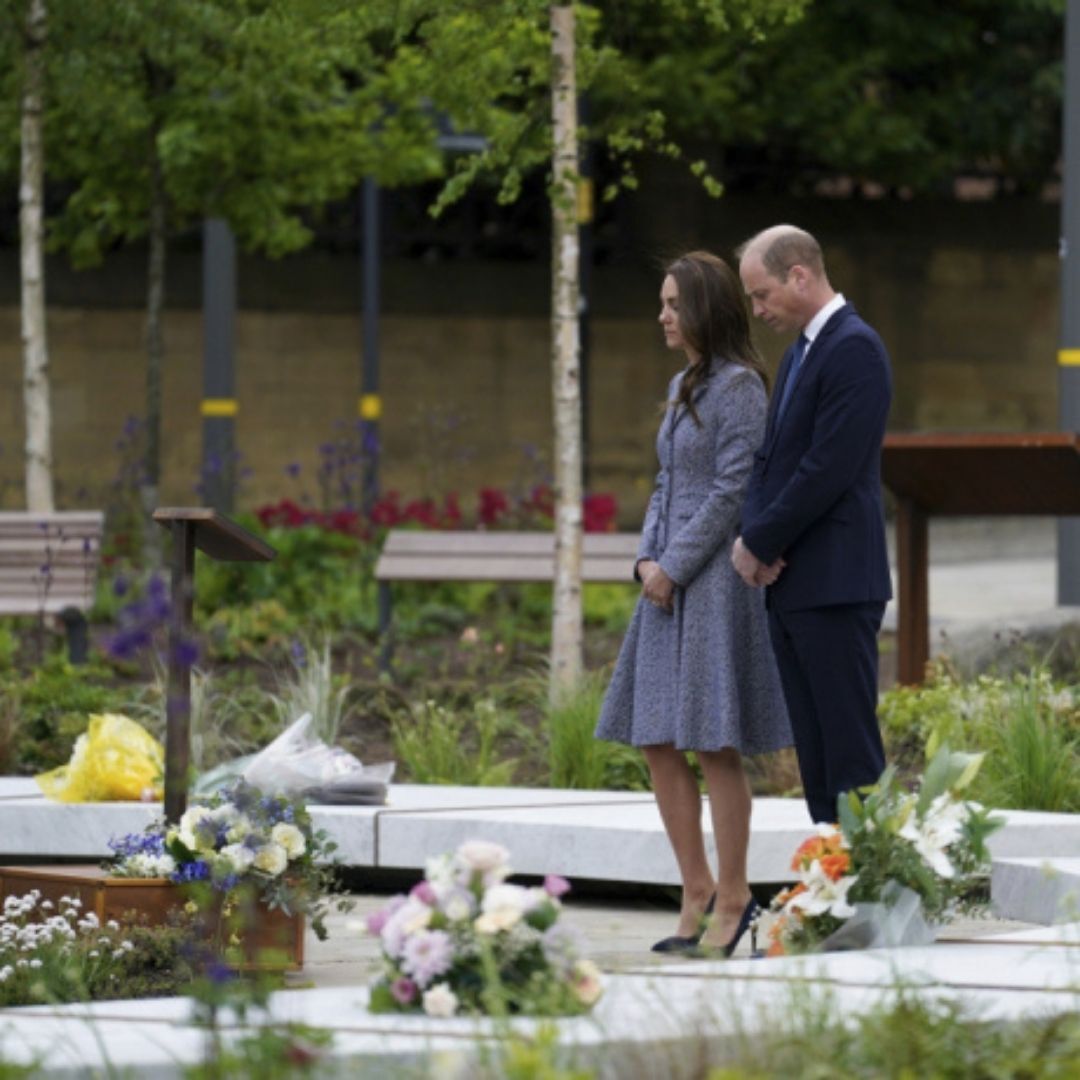Project showcase
Glade of Light, Manchester, for Manchester City Council with Galliford Try, BCA Landscape, Planit and Civic Engineers

Located in Manchester’s Medieval Quarter, between Manchester Cathedral and Chetham’s School of Music, The Glade of Light commemorates the 22 lives lost in the 22 May, 2017 Manchester Arena Bombing. From the outset of the project, Manchester City Council has maintained a “families first” approach with those who lost a family member. Throughout this process the families have been consulted and engaged on the location of the memorial and the design proposals.
Who is on the project team? (designer, consultants, etc)
Manchester City Council with Galliford Try, BCA Landscape, Planit and Civic Engineers.
Describe the context of the community engagement. Why did the engagement take place? How were the results of the community engagement shared with the project team and community?
On 22nd May 2017, 22 people – concertgoers and their loved ones waiting for them at Manchester Arena – had their lives taken in a terrorist atrocity. Manchester City Council (MCC) worked with the families of the victims, the injured and local stakeholders; and consulted with the public to identify a suitable location, develop a brief and a design for a memorial as a setting for commemorative events in the city relating to the attack. From the outset of the project, MCC has maintained a “families first” approach with all the families who lost a family member. This has meant that throughout this process the families have been consulted and engaged on the location of the memorial and the proposals, establishing a framework that was then the basis for broader public consultation and engagement with local stakeholders. The responsibility for delivering the memorial, the Glade of Light, sat with an MCC Project Board, however the Project Board reported to the Manchester Memorial Advisory Group (MMAG), who ensured that the views of the families were heard and reflected in the design and ultimately signed off design decisions. The MMAG was chaired by the Vice Chancellor of Manchester Metropolitan University and included the Leader and Chief Executive of MCC, the Mayor of Greater Manchester, the Chief Constable, a member of the Youth Parliament, the Lord-Lieutenant, a medical trauma specialist and others.
Tell us what you did, and how you did it. What was your approach in talking to the community? How did you ensure participants were representative of the demographic of the place and hard-to-reach groups?
Over 14,000 people were at the arena during the attack, of whom 1,000 were injured. Survivors and bereaved families were from many different locations across the UK, and face-to-face meetings were restricted by the Covid-19 pandemic. Some families chose not to engage directly in the process. For others, their level of engagement changed across the different stages of the process, the city saw a higher level of engagement towards the end of the construction period. The control that MMAG had over the project meant that requests such as last-minute family visits could be accommodated throughout the finishing process. After discussion with the bereaved family groups, followed by survivors and finally the wider community, an online questionnaire was developed. This approach was adopted to ensure the process was refined beginning with a framework approved by the bereaved families. It was key to identifying overarching themes which would bring people together. One of the key issues was the importance of focusing on accessibility very early on in the design process. As a result, a community access group was established to consider a range of accessibility needs and to ensure that the final memorial would be accessible to all.
How was the feedback incorporated into decision making? Can you share how the project outcome has been shaped by the engagement?
The project governance approach, putting engagement with the families through the MMAG, at the heart of decision-making, was extremely innovative at the time, but has now been established as a benchmark for memorial projects or other projects dealing with sensitive stakeholder involvement. This approach has now been adopted by the Grenfell Tower Memorial Commission. Families were involved directly in the selection of the winner of the International Design Competition. The MMAG sent paper copies of all shortlisted designs to the families of the 22 victims, 16 of the families responded. These comments were used alongside technical panel assessments to choose the winner. During the period of design development, a Communications Strategy was produced to manage the different consultation requirements and inputs associated with the project.
Festival of Pineapples
24-26 February 2026
Pineapples prize giving night
April
Pineapples at Festival of Place
10 June 2026
© The Pineapples - Tweak Ltd. 124 City Road, London, EC1V 2NX. Tel: 020 3326 7238




